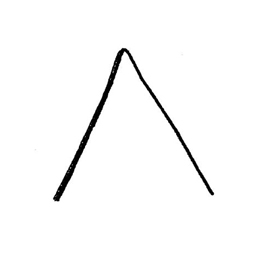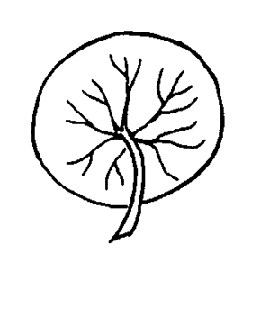Taxodium Rich.
bald cypress, swamp cypress, southern cypress, southern bald cypress, common bald cypress, red cypress, yellow cypress, white cypress, tidewater red cypress, deciduousdeciduous:
(adj) shedding of parts at the end of their growing period, as with leaves; those trees or shrubs that drop their leaves at the end of the season
cypress, gulf cypress
Cupressaceae
southeastern North America through Mexico into Guatemala
(two species plus cultivated varieties)
Taxodium distichum (L.) Rich.
Taxodium ascendens Brongn.
Europe
not weedy
aquatic needle-leaf conifer
Very large tree; deciduousdeciduous:
(adj) shedding of parts at the end of their growing period, as with leaves; those trees or shrubs that drop their leaves at the end of the season
. Roots include a horizontal taproot and pneumatophores (‘knees’) usually present for additional respiration in wet soil. Trunk to 50 m tall, strongly tapered upward, basally swollen, often buttressed; bark thin, fibrous, ± scaly and brown or gray with age. Crowncrown:
(n) the basal portions of a herbaceous plant, usually where root or rhizome meets aerial stem
conical, becoming irregularly flat-topped or much-branched and with no central axisaxis:
(n) the main stem; the central column of an inflorescence or other structure
with age; branching conspicuously dimorphic: main branches indeterminateindeterminate:
(adj) 1) (of an inflorescence) with lower or outer flowers opening first, so that the main axis continues elongating; 2) unrestricted growth, as with an apical meristem capable of producing an unlimited number of lateral organs.
, horizontal and ascending; laterallateral:
(adj) on or pertaining to the side of an organ or structure
branchlets determinatedeterminate:
(adj) (of an inflorescence) with the terminal or central flower opening first, thus the main axis does not elongate further
, 2-ranked and resembling pinnatepinnate:
(adj) in the form of a feather; of, e.g., leaflets, lobes, or veins: arranged in two rows along an axis
leaves. Leaves al ternateternate:
(adj) in threes
; lying flat or highly appressedappressed:
(adj) pressed closely to or lying flat against
to branchlets; leaf bladeblade:
(n) (syn. lamina) the flat, expanded part of a leaf, frond, or petal (excluding, e.g., the petiole)
 linear, green to yellow-green; apexapex:
linear, green to yellow-green; apexapex:
(n) the point farthest from the point of attachment; the tip (often pointed)
acuteacute:
(adj) tapering to a sharp, pointed apex with more or less straight sides; broader than acuminate; forming an angle of less than 90 degrees ; midribmidrib:
; midribmidrib:
(n) the main or central vein, line or rib in a leaf or perianth segment
 visible on adaxialadaxial:
visible on adaxialadaxial:
(adj) pertaining to the side facing toward the axis, as in the upper surface of a leaf
side only. Pollen cones in terminalterminal:
(adj) at the apex
, pendent panicles, crowded, short, dense, ovoidovoid:
(adj) egg-shaped in three dimensions
, shortly pedunculatepedunculate:
(adj) borne on or possessing a peduncle
, orange. Seed cones globoseglobose:
(adj) spherical or nearly so
, green and fleshy, becoming brown and woody at maturity; cone scales peltatepeltate:
(adj) of usually flat organs such as leaves: having its stalk attached to its underside away from the margin, near the center
 , ± conspicuously longitudinally grooved at apexapex:
, ± conspicuously longitudinally grooved at apexapex:
(n) the point farthest from the point of attachment; the tip (often pointed)
; seeds irregularly tri angularangular:
(adj) having projecting longitudinal angles; undulate, but sharply angled rather than gently rounded
-pyramidal, sharply ridged, brown.
riparianriparian:
(adj) growing by rivers or streams; of, adjacent to, or living on, the banks of a river, lake, pond, etc.
and wetland habitats with fairly permanent inundation; lowland river flood plains, swamps, soggy wooded areas, along rivers, streams, and lakes
Taxodium distichum and T. ascendens are the only two members of this genus. T. distichum is slow growing, long lived, and often the dominant tree in swamps.